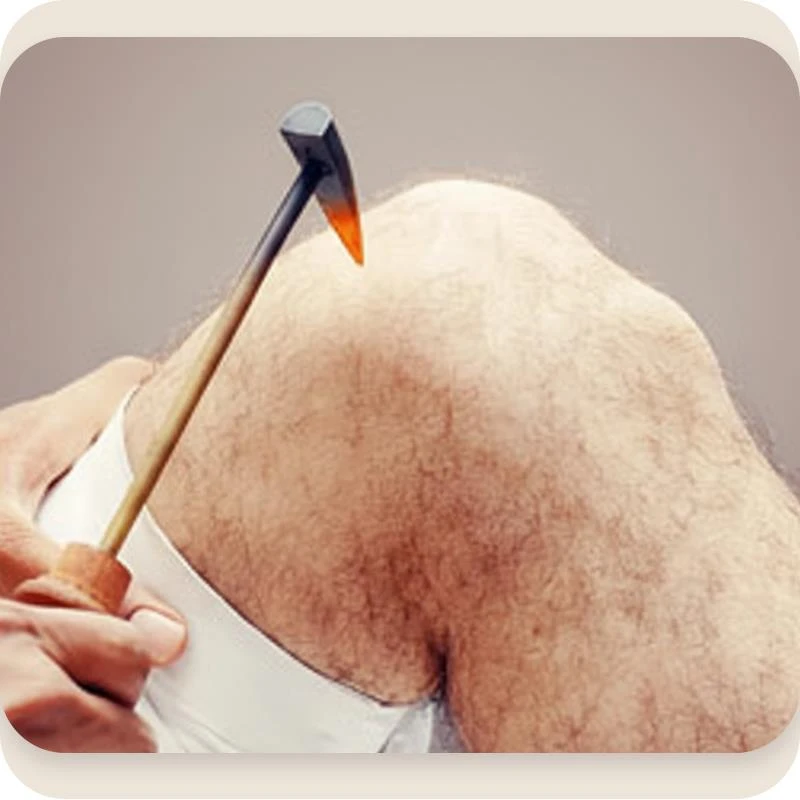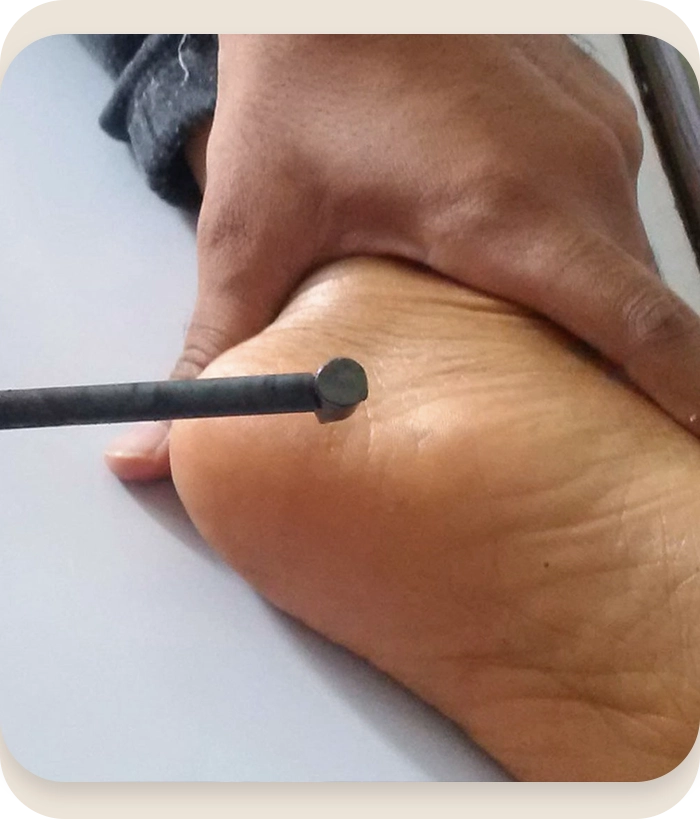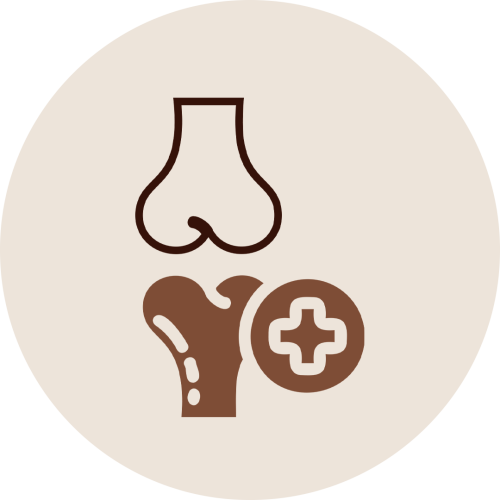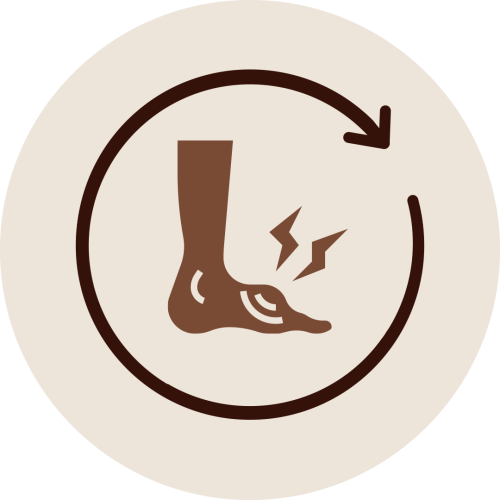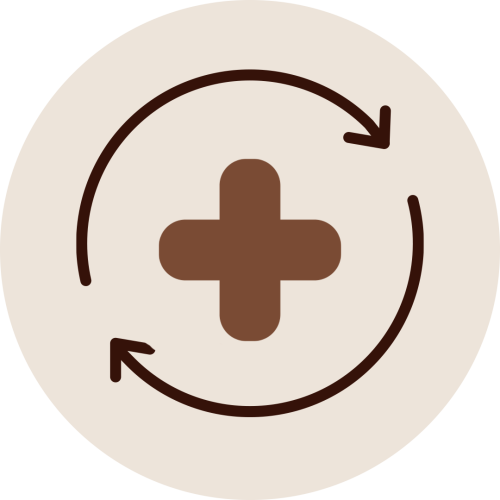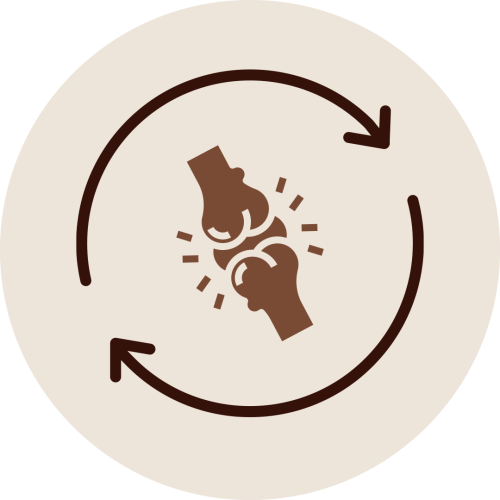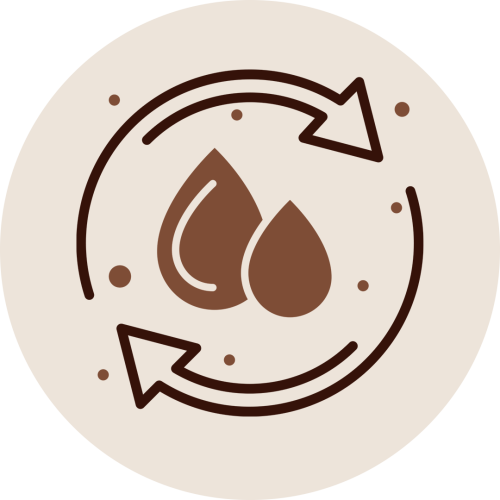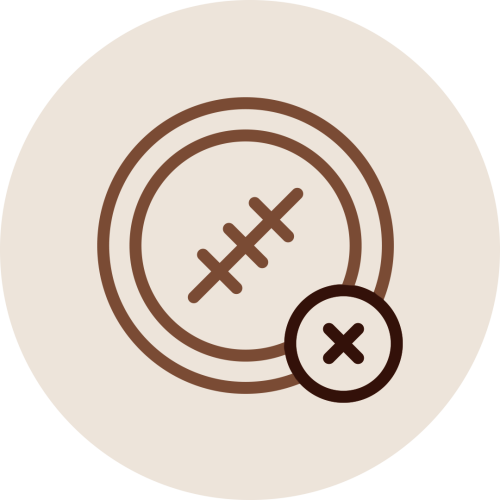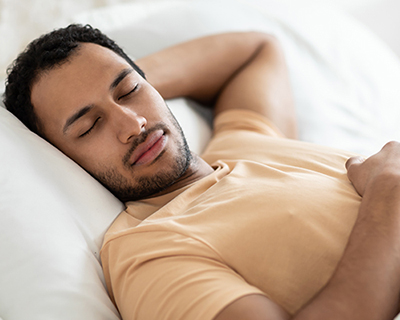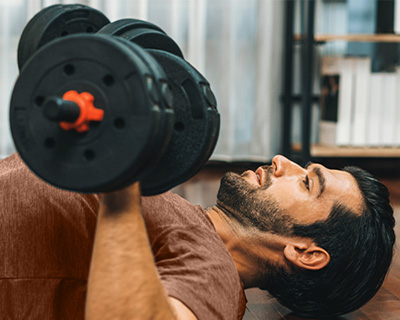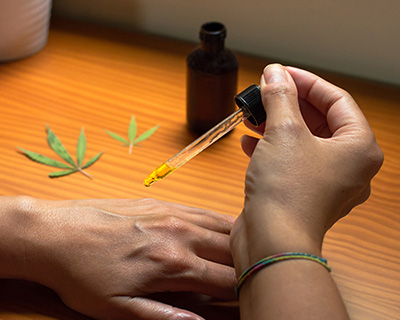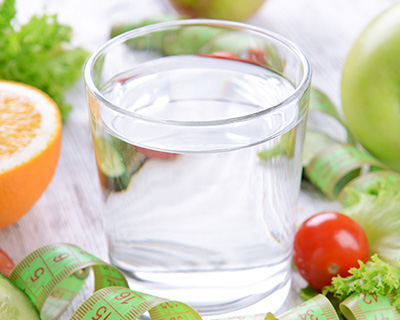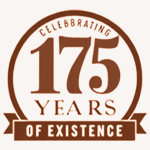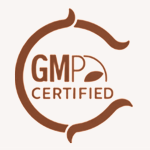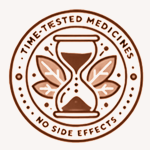The Agnikarma procedure is meticulously performed by trained Ayurvedic practitioners and involves several steps:
Patient Assessment: A thorough evaluation of the patient’s condition, medical history, and dosha imbalance is carried out to determine the suitability and specific approach for Agnikarma.
Point Selection: Specific points on the body, usually at or near the site of pain or dysfunction, are identified for the application of heat. These points are chosen based on Ayurvedic principles and the nature of the ailment. The selected areas are cleaned and sterilized to prevent any infection.
Application of Heat: A specialized heated instrument, known as a Shalaka (metal rod), is used to apply controlled heat to the designated points. The material of the Shalaka (e.g., gold, silver, iron, copper, or a mixture of five metals – Pancha Dhatu) and the intensity and duration of heat application are carefully monitored and varied based on the depth of the tissue and the condition being treated. The application can be in different patterns like dots (bindu), lines (vilekha), or circles (valaya).
Post-Treatment Care: After the procedure, the treated area is cleaned, and cooling and soothing substances like honey and ghee (clarified butter) or other herbal pastes (e.g., Aloe vera, turmeric) are applied to promote healing and prevent complications. Patients are given specific instructions for post-treatment care, which may include rest, dietary advice, and avoiding certain activities.

